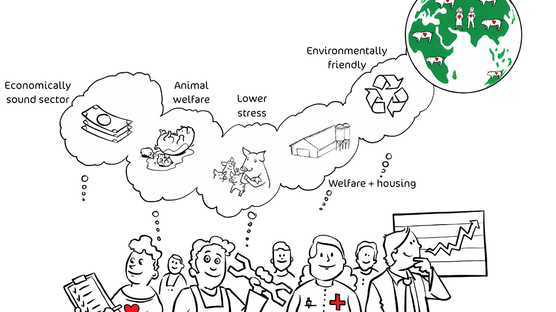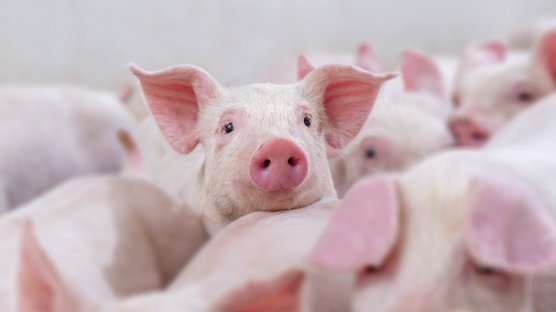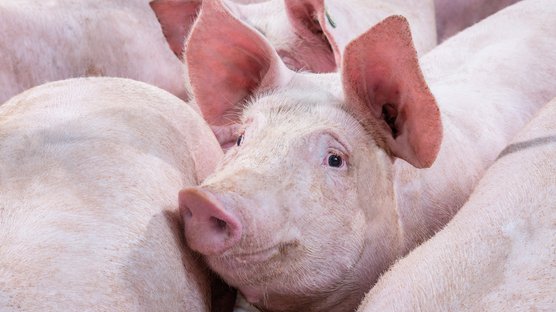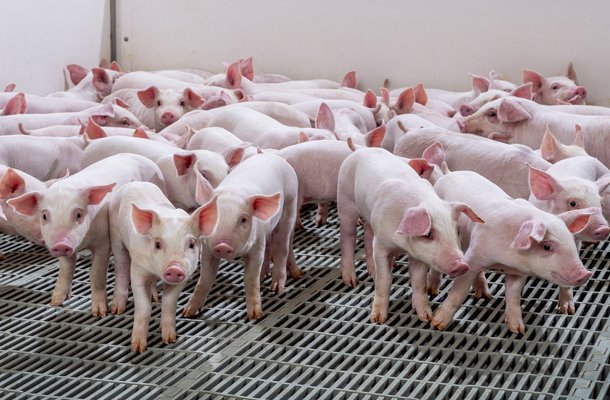
Published on April 30, 2019
Genetics Easing Labor Pains for Producers
For many in the business, pork production is a labor of love. Yet a growing number of producers are feeling labor pain as good help becomes hard to find, harder to keep and difficult to pay for. In response, genetic companies are focusing on low maintenance sows that offer plenty of upside without the upkeep.
“A big selling point of our Hypor Libra* is that she’s very easy to work with throughout the reproductive cycle and is a great mother,” said Ernie Meyer, Operations Manager Swine for Hendrix Genetics. “This has a real impact on labor requirements -- for example, she shows a strong heat and has a high conception rate, so heat checking is more efficient and less time is spent on rebreeds.”
As she goes through gestation to farrowing, the Hypor Libra* easily farrows her litter without the need for constant monitoring. Because she produces uniform pigs, cross fostering is not needed, making both sow and litter simpler to manage.
“I’ve been visiting farms for 30 years and have seen managers with a range of experience under their belts,” said Meyer. “When you’re new to the business, you may miss some of the small details that make a big difference. The beauty of the Hypor Libra* is that she thrives in any environment, making less experienced managers look good and veteran managers look exceptional.”
Thriving under pressure
Managers at all levels must contend with the pressure to wean more healthy, strong and uniform pigs to increase profitability while limiting labor costs. The Libra* does exactly that, producing high total born with a uniformity and strength that lets them thrive without the need for greater care and the expense that such care entails.
“Milk replacers are expensive, and there is increasing pressure from animal welfare groups to ensure all piglets receive proper care,” said Jeroen van de Camp, Director Operations & Services Swine at Hendrix Genetics.

Having a sow that can actually raise and wean her own piglets, with little human intervention, means you can accommodate those extra mouths without incurring extra costs.
This self-sufficiency is even more important today as many farms move to integrated systems, where the integrator owns the sow and feed while the farmer is responsible for day-to-day animal care.
“When you’re placing a sow in others’ hands, you want an animal that’s easy to handle and able to care for herself and her litter,” said José Ángel Pedrido Rey, Customer Service - Spain & Portugal Swine for Hendrix Genetics.
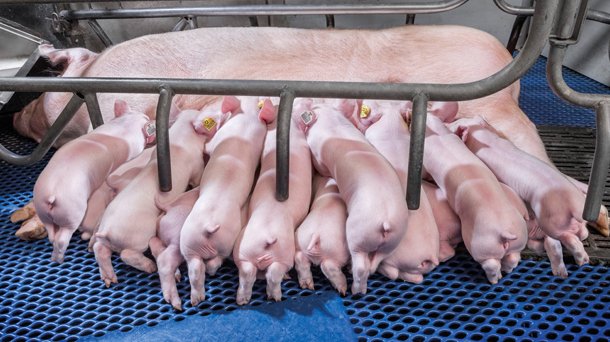
Labor: an issue in any language
Though every country has unique challenges in pork production, the importance of limiting labor demands is universal. In the United States, unemployment rates continue to drop, making it more difficult to find and keep employees. This is especially true of the agriculture sector where the work is considered harder and dirtier, so finding a sow that is independent and requires less labor is essential.
“Everywhere I go in the U.S., managers are grappling with a lack of labor, and I don’t see that changing,” said Meyer. “You can’t just wave a magic wand and suddenly have more workers to draw from, and you can only automate things so much. The dairy industry has robots milking their cows now, but we still need people to breed, move and care for our animals.”
It’s a similar story in Europe, where the labor pinch is tight and getting tighter.
“When I worked in Germany 10 years ago, the wage for farm workers was around 7€/hour,” said van de Camp. “Today, that figure has more than doubled to 18-20€/hour.”
On average, a farm will wean 3.5 – 4 piglets per hour of labor, yet the Hypor Libra* average is 5 per hour. If you need fewer workers to do the same amount of work, the savings can be substantial, especially given the leading role that labor plays on a typical balance sheet. In Spain, for example, housing and labor account for 42% of total care costs for sows, and the economic burden is similar in other markets.
On your mark, get set, grow!
Regardless of farm size or location, a sow that can mother well with minimal aid is vital to producing strong, healthy offspring. If piglets are continually moved from one sow to another, colostrum and milk intake may suffer and the animals will be weaker as a result.

The two most important factors for weight at weaning are weight at birth and daily gain in the first day of life. Colostrum intake should be at least 250 g per piglet, which the Hypor Libra* easily produces. Colostrum intake directly affects growth in the first day and as a result, the well being of the animal for the rest of its life.
A good start results in stronger, more vigorous piglets. With the increasing focus on reducing antibiotic use, there’s an added benefit to producers and society at large when animals are well equipped from day one, and healthy pigs make for healthy profits.
“The number of full value pigs you achieve is directly connected to the percentage of strong animals weaned, which is based on having high quality sows with great milking ability,” said Pedrido Rey. “It’s a chain where everything is connected, and the better you start, the better you finish.”
If a sow like the Hypor Libra* can offer all the gain without the labor pain, the choice is clear.

